OR (a/c)/ (b/d) = ad∗cb The risk, or probability, and the odds are related with the following formula risk = Odds 1 odds from which we can infer that if the risk or the probability of failure is low ( PSee all my videos at https//wwwzstatisticscom/videos/Health Stats IQ playlisthttps//youtubecom/playlist?list=PLTNMv857s9WUI5YsQMW14trmbopjZMWPa000 Int Note that an odds ratio is a good estimate of the risk ratio when the outcome occurs relatively infrequently (

Calculate Relative Risk With 95 Confidence Intervals
Which is better odds ratio or relative risk
Which is better odds ratio or relative risk- Odds ratio (OR) and risk ratio (RR) are two commonly used measures of association reported in research studies In crosssectional studies, the odds ratio is also referred to as the prevalence odds ratio (POR) when prevalent cases are included, and, instead of the RR, the prevalence ratio (PR) is calculated However, it should be noted that, although, mathematicalA comparison of odds, the odds ratio, might then make sense OR= ˇ 1 1 ˇ 1 ˇ 2 1 ˇ 2 Odds ratio for the Titanic example is OR= 376 037 = 1016 This is very different from the relative risk calculated on the same data and may come as a surprise to some readers who are accustomed of thinking of odds ratio as of relative risk (Greenland, 1987)




Pdf The Relative Merits Of Risk Ratios And Odds Ratios Semantic Scholar
The difference between odds ratio and risk ratio While Risk Ratio is the probability of one thing divided by the probability of another (usually in a separated group), Odds Ratio is the odds of one event happening divided by the odds of another EssoeOdds1 Back to the Superbowl example, the relative odds of being hungover today, associated with being a Seahawks fanBryan E Dowd, PhD;Rather the odds is threefold greater Interpretation of an OR must be in terms of odds, not probability Again, the OR will
Pute either the odds ratio or the relative risk to answer this question The odds ratio compares the relative odds of death in each group For women, the odds were exactly 2 to 1 against dying (154/308 05) For men, the odds were almost 5 to 1 in favor of death (709/142 4993) The odds ratio is 9986 (4993/05) There is a 10fold greater Risk vs odds The terms 'risk' and 'odds' are often used interchangeably but they actually have quite different implications and are calculated in different ways Odds is a concept that is very familiar to gamblers It is a ratio of probability that a particular event will occur and can be any number between zero and infinity It is usually expressed as a ratio of two integers For An odds ratio of 05 would mean that the exposed group has half, or 50%, of the odds of developing disease as the unexposed group In other words, the exposure is protective against disease Is odds ratio a measure of risk?
A smaller proportion of the probiotic group developed diarrhoea associated with antibiotic use compared with the placebo group (7 (12%) v 19 (34%);When the disease is rare, the odds ratio will be a very good approximation of the relative risk The more common the disease, the larger is the gap between odds ratio and relative risk In our example above, p wine and p no_wine were 0009 and 0012 respectively, so the odds ratio was a good approximation of the relative risk Risk Ratio vs Odds Ratio Whereas RR can be interpreted in a straightforward way, OR can not A RR of 3 means the risk of an outcome is increased threefold A RR of 05 means the risk is cut in half But an OR of 3 doesn't mean the risk is threefold;




Pdf The Relative Merits Of Risk Ratios And Odds Ratios Semantic Scholar




Pdf When To Use The Odds Ratio Or The Relative Risk Semantic Scholar
James H McAuley, PhD To the Editor Dr Norton and colleagues 1 described significant limitations of odds ratios (ORs) but they did not report one important 45% 2 After converting the odds ratio to a risk ratio, the actual risk is 14 (mortality is 14 times more likely in patients with ICU delirium compared to those without ICU delirium) Because the incidence rate in the nondelirium group is high, the odds ratio exaggerates the true risk demonstrated in the studyRobert D Herbert, PhD;




1 Relative Risks Odds Ratios Or Hazard Ratios Of Risk Factors For Download Table



Forest Plots Of Relative Risks And Odds Ratios Of Detecting Fecal Download Scientific Diagram
A risk ratio of 10 indicates identical risk among the two groups A risk ratio greater than 10 indicates an increased risk for the group in the numerator, usually the exposed group A risk ratio less than 10 indicates a decreased risk for the exposed group, indicating that perhaps exposure actually protects against disease occurrence3) The Odds Ratio 4) After calculating the odds ratio, we observe a 3fold difference in the prevalence rate (75% vs 25%) change to a 9fold difference in the odds ratio Clearly, the two methods produce opposing results Effect of Changing Incidence on OR Problem Let us consider the relationship between smoking and lung cancer Relative risk=odds ratio/(1−p 0 (p 0 ×odds ratio)) (Where p 0 is the baseline risk) Relation between the odds ratio, relative risk, and baseline risk (p 0) Download figure;




How To Calculate Odds Ratio And Relative Risk In Excel Statology
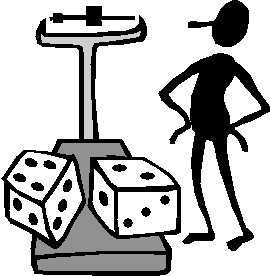



The Difference Between Probability And Odds
Same risk (or protection) for the comparison of heterozygous CT genotype and homozygous CC genotype Odds Ratios Genetic Association Odds Ratios (ORs) Allele Counting Cases Controls T A B C C D OR T = 1 implies no association between genotype and disease OR T >1 implies that the T allele is associated with the disease OR TIn a control group The odds ratio (OR) is the odds of an event in an experimental group relative to that in a control group An RR or OR of 100 indicates that the risk is comparable in the two groups A value greater than 100 indicates increased risk; Unless I'm mistaken, the equation explained above does not properly describe Odds Ratio, it describes Relative Risk Odds Ratio is the odds that the diseased group was exposed, divided by odds that the nondiseased group was exposed (a/c)/(b/d) in the classic table Relative Risk is the risk of developing disease in the exposed/intervention group, that is to say the odds




Assessment Of Multiplicative Interaction Using Risk Ratios And Odds Ratios Download Scientific Diagram




Cureus What S The Risk Differentiating Risk Ratios Odds Ratios And Hazard Ratios
A value lower than 100 indicates decreased risk The 95% confidence intervals and statistical Since all of the measures are ratios, either of probabilities or of odds, it is clearer and simpler to use the word ratio in describing each type Risk reflects the proportion of persons experiencing the event, so it follows that comparing two cumulative incidences is called a risk ratio Relative Rate Rate is based on events per persontime = incidence rate Rate ratio = ratio of 2 Odds Ratios vs Risk Ratios—Reply Edward C Norton, PhD;




Risk Difference Rd Risk Ratio Rr And Odds Ratio Or For The Download Table




Against All Odds How To Visualise Odds Ratios To Non Expert Audiences Henry Lau
A crude odds ratio can be converted to a crude risk ratio risk ratio = odds ratio/(1 − p0) (p0 × odds ratio), in which p0 is the outcome prevalence (risk) among the unexposed Some have applied this formula to an adjusted odds ratio to obtain an adjusted risk ratio 49 This method can produce biased risk ratios and incorrect confidence intervals 26 , 32 , 41 , 50 52The difference between odds and risk is small when the event is rare (as illustrated in the first example above where a risk of 0091 was seen to be similar to an odds of 01) When events are common, as is often the case in clinical trials, the differences between odds and risks are large For example, a risk of 05 is equivalent to an odds of 1;Week 6 Proportions, risk ratios and odds ratios Risk ratio or relative risk Chisquared tests are tests of significance, they do not provide estimates of the strength of relationships There are different ways of doing this for different kinds of data and sizes of table, but two are particularly important in health research the risk ratio or relative risk and the odds ratio Both apply to



Odds Are On The Difference Between Odds Probability And Risk Ratio Psychology In Action




Pdf The Relative Merits Of Risk Ratios And Odds Ratios Semantic Scholar
Relative risk 036, 95% confidence interval 017 to 079) When adjusted using logistic regression to control for other factors, the effects of the probiotic drink in reducing antibiotic associatedOdds ratio is the key statistic for most casecontrol studies In prospective studies, Attributable riskor risk difference is used to quantify risk in the exposed group that is attributable to the exposure In retrospective studies, attributable risk can not be calculated directly but population attributable risk can be estimatedThe odds ratio is defined as the ratio of the odds of an event or disease occurring in one group to the odds occurring in another group The standard formula is X / ( 1 − X) / Y / ( 1 − Y), where X and Y are the probability of that event in the two groups, respectively In contrast, the relative risk is the risk of an event or disease




Epidemiology Odds Ratio Or Bean Around The World




Effect Sizes Basicmedical Key
Analogous reasoning shows that the risk is approximately equal to the odds for the nonexposed population as well;Open in new tab; Risk ratios, odds ratios, and hazard ratios are three ubiquitous statistical measures in clinical research, yet are often misused or misunderstood in their interpretation of a study's results A 01 paper looking at the use of odds ratios in obstetrics and gynecology research reported 26% of studies (N = 151) misinterpreted odds ratios as risk ratios , while a 12 paper




Relative Risk Odds Ratios Youtube




Odds Ratios Versus Relative Risk
Relative Risk, Odds, and Fisher's exact test I) Relative Risk A) Simply, relative risk is the ratio of p 1/p 2 For instance, suppose we wanted to take another look at our Seat belt safety data from Florida Safety equipment Injury in use Fatal Nonfatal Total None 1,601 165,527 167,128 Seat belt 510 412,368 412,878 Previously, we established that the proportion of fatalities wearing seat We can define the following terms The odds ratio (OR) is the ratio of the odds of cancer in smokers to the odds of cancer in nonsmokers OR = (a/b)/ (c/d) = (ad)/ (bc) The risk ratio (RR), also called the relative risk, is the ratio of the probability of cancer in smokers to the probability of cancer in nonsmokersThe risk ratio (or relative risk) is the ratio of the risk of an event in the two groups, whereas the odds ratio is the ratio of the odds of an event (see Box 92a) For both measures a value of 1 indicates that the estimated effects are the same for both interventions



Confluence Mobile Wiki Ucsf
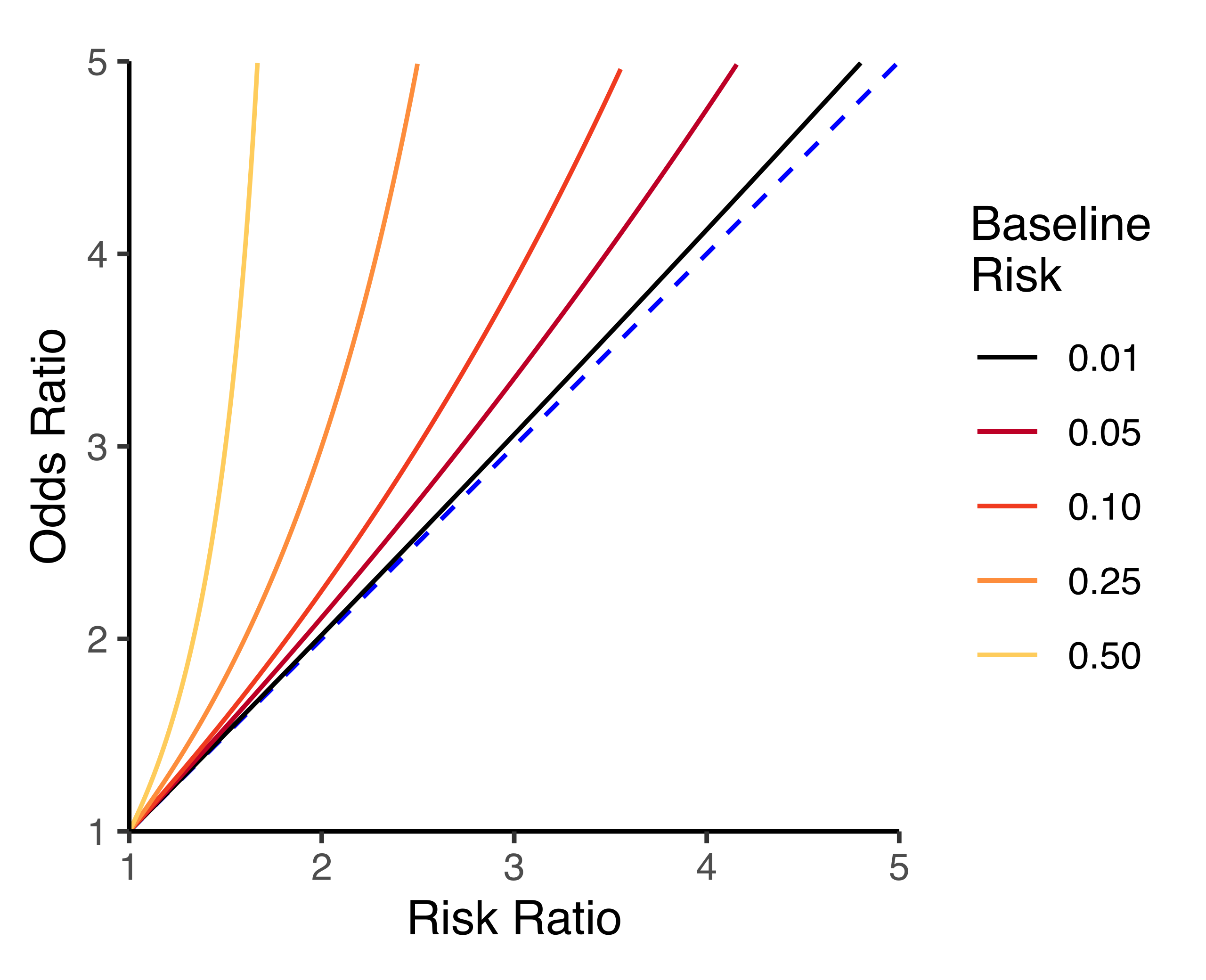



File Risk Ratio Vs Odds Ratio Svg Wikimedia Commons
The relative risk and the odds ratio are measures of association between exposure status and disease outcome in a population Relative risk In epidemiology, relative risk (RR) can give us insights in how much more likely an exposed group is to develop a certain disease in comparison to a nonexposed group Once we know the exposure and disease status of a research population, Odds ratio The Odds Ratio represents the odds that an outcome will occur given a particular exposure, compared to the odds of the outcome occurring in the absence of that exposure Its not the same as the relative risk reduction Consider a treatment trial The odds are calculated when the number of treated patients with the outcome is dividedBoth the odds ratio and the relative risk compare the relative likelihood of an event occurring between two groups The relative risk is easier to interpret and is consistent with general intuition Some designs, however, allow only for the calculation of the odds ration Covariate adjustment is easier for an odds ratio




Relative Risk Or Odds Ratio For Cardiovascular Disease Incidence Download Scientific Diagram




Forest Plot Showing Odds Ratio And Risk Ratio In Al In The Icg Group Download Scientific Diagram
If O1 is the odds of event in the Treatment group and O2 is the odds of event in the control group then the odds ratio is O1/O2 Just like the risk ratio, it's b)/the probability of the event not occurring (c/cd) References andOdds ratios (OR) are commonly reported in the medical literature as the measure of association between exposure and outcome However, it is relative risk that people more intuitively understand as a measure of association Relative risk can be directly determined in a cohort study by calculating a risk ratio (RR) Odds ratio vs relative risk Odds ratios and relative risks are interpreted in much the same way and if and are much less than and then the odds ratio will be almost the same as the relative risk In some sense the relative risk is a more intuitive measure of effect size Note that the choice is only for prospective studies were the distinction becomes important in cases of medium




In A Meta Analysis Of Adjusted Estimates From Observational Studies Can I Pool Or With Hr And Rr Probably Not How Can I Transform Hr To Or




Risk Estimates Relative Risk Ratio And Odds Ratio Analyses For Download Table
The odds ratio is always further away Before we look at odds and risk ratios, let's be clear on what odds and probabilities are (this couple of paragraphs added on August 18) A probability will be a familiar concept to readers of this blog Let's say that one quarter of tigers are diseased If we pick a tiger at random, there is a 1/4 (or 025) probability that we pick a diseased one When picking something at Odds is the number having the outcome divided by the number not having the outcome The risk or odds ratio is the risk or odds in the exposed group divided by the risk or odds in the control group A risk or odds ratio = 1 indicates no difference between the groups




On Biostatistics And Clinical Trials Odds Ratio And Relative Risk



Odds Are On The Difference Between Odds Probability And Risk Ratio Psychology In Action
The odds ratio supports clinical decisions by providing information on the odds of a particular outcome relative to the odds of another outcome In the endocarditis example, the risk (or odds) of dying if treated with the new drug is relative to the risk (odds) of dying if treated with the standard treatment antibiotic protocol Relative risk assessment statistics are particularly suited toFileRisk Ratio vs Odds Ratiosvg Size of this PNG preview of this SVG file 450 × 270 pixels Other resolutions 3 × 192 pixels 640 × 384 pixels 800 × 480 pixels 1,024 × 614 pixels 1,280 × 768 pixels This is a file from the Wikimedia Commons Information from its description page there is shown belowOdds ratio and relative risk




How To Interpret And Use A Relative Risk And An Odds Ratio Youtube




Figure 2 X 2 Table With Statpearls Ncbi Bookshelf
If we go a step further, we can calculate the ratio between the two risks, called relative risk or risk ratio (RR), which indicates how much more likely is the occurrence of the event in one group compared with the other group Meanwhile, the odds represents a quite different conceptThe odds ratio is a common measure of risk but its interpretation may be hazardousAnd a risk of 095 is equivalent to odds of 19




What Is The Difference Between The Risk Ratio Rr And The Odds Ratio Or Quora




Risk Ratio Of The Decrease 30 And Odds Ratio Of The Increase 40 Download Scientific Diagram
But then the ratio of the risks, which is RR, is approximately equal to the ratio of the odds, which is OR Or, we could just notice that the rare disease assumption says thatMatthew L Maciejewski, PhD JAMA Guide to Statistics and Methods Mediation Analysis Hopin Lee, PhD;Table 1 Relative risks according to varying values of the odds ratio and baseline risk View this table View popup;




Calculate Relative Risk With 95 Confidence Intervals



Ctspedia Ctspedia Oddsrisk




Literature Search




Measures Of Effect Relative Risks Odds Ratios Risk




Relative Risk Versus Odds Ratio Usmle Biostatistics 4 Youtube




What Does An Odds Ratio Or Relative Risk Mean



Research Statistics Basics Contents 1 Basic Concepts 2 References Basic Concepts Null Hypothesis The Hypothesis That The Independent Variable Has No Effect On The Dependent Variable For Example Steroids Do Not Improve Outcomes In Ards Would Be




Odds Ratio Relative Risk Calculation Definition Probability Odds Youtube




Calculation Of Odds Ratios Or And Relative Risk Rr Derived From Download Scientific Diagram




Pdf The Relative Merits Of Risk Ratios And Odds Ratios Semantic Scholar




Calculating Relative Risk Odds Ratio And Rate Ratio Youtube




Odds Ratio Vs Risk Ratio Exercise The Odds Ratio Chegg Com




Table 2 From Interpretation Of Odds And Risk Ratios Semantic Scholar




A Most Odd Ratio Interpreting And Describing Odds Ratios Abstract Europe Pmc




Pdf What S The Risk Differentiating Risk Ratios Odds Ratios And Hazard Ratios




How To Calculate Odds Ratio And Relative Risk In Excel Statology




How To Calculate Odds Ratio And Relative Risk In Excel Statology



Odds Are On The Difference Between Odds Probability And Risk Ratio Psychology In Action
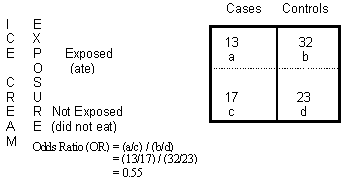



Odds Ratio Calculation And Interpretation Statistics How To




Pdf When To Use The Odds Ratio Or The Relative Risk Semantic Scholar




Relation Between The Odds Ratio Relative Risk And Baseline Risk




Forest Plot Of Relative Risks Or Odds Ratios From Eighteen Download Scientific Diagram




Forest Plot Showing Relative Statistics Of Odds Ratio A And B Or Download Scientific Diagram




Ppt Odds Ratio Vs Relative Risk Powerpoint Presentation Free Download Id




Calculating The Risk Ratio Odds Ratio And Risk Difference In A Randomised Controlled Trial Youtube




Definition And Calculation Of Odds Ratio Relative Risk Stomp On Step1



Odds Vs Risk Vantage Research



Definition And Calculation Of Odds Ratio Relative Risk Stomp On Step1




The Difference Between Relative Risk And Odds Ratios The Analysis Factor



Odds Vs Risk Vantage Research




Hsrp 734 Advanced Statistical Methods June 5 08
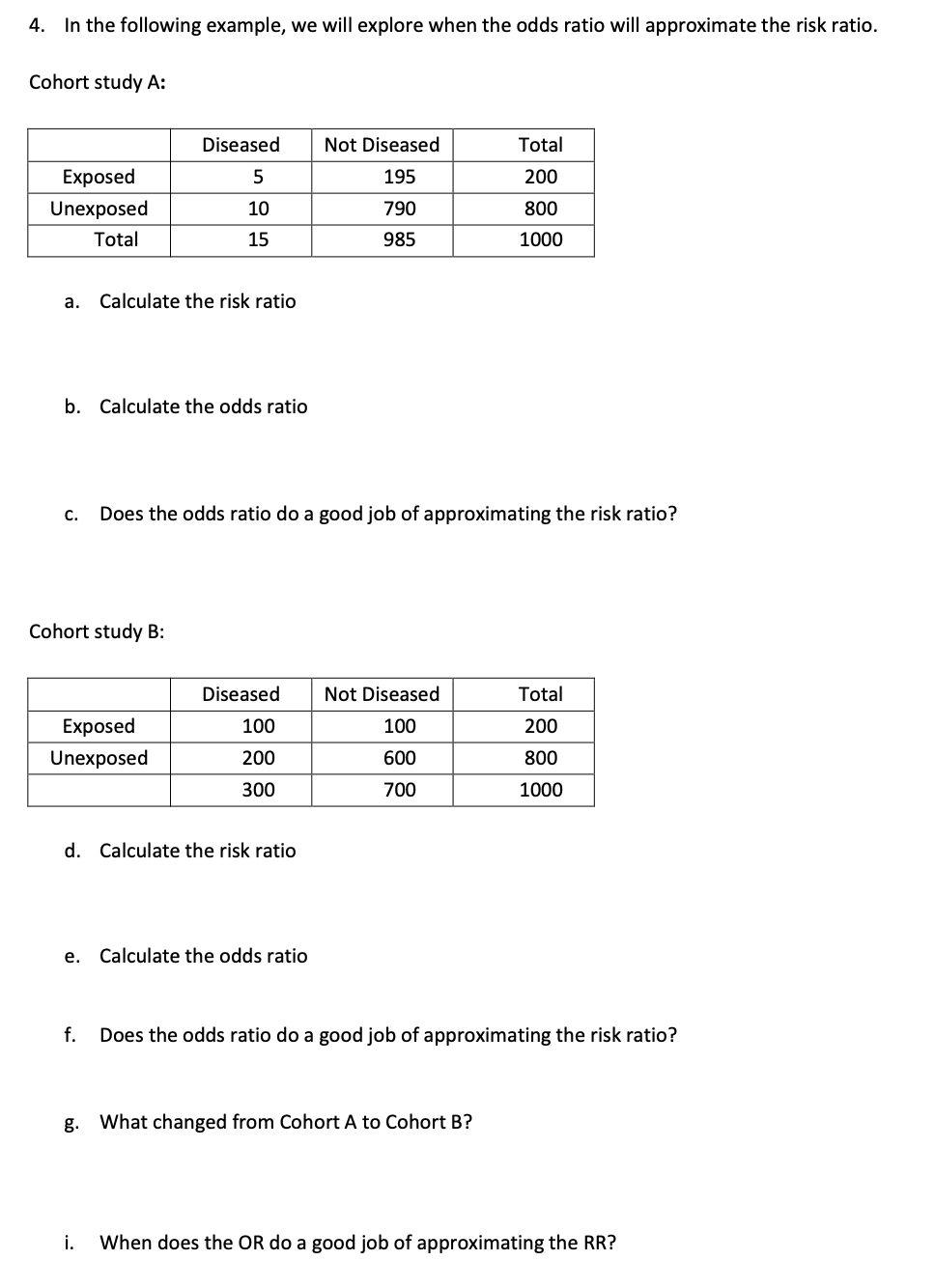



Solved Explore When The Odds Ratio Will Approximate The R Chegg Com




Statistics For Clinicians Biostatistics Course By Kevin E



Risk Ratio Vs Odds Ratio Hunter 19 Notes And Things




Odds Ratios And Risk Ratios Youtube
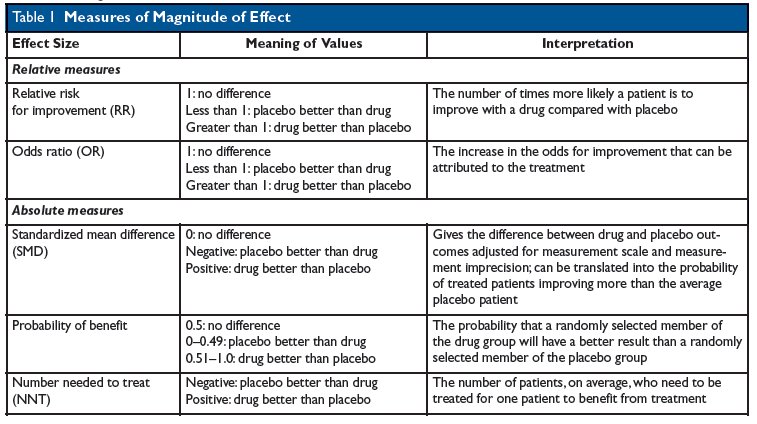



Kevin Whelan If You Re Struggling With Odds Ratios Relative Risks Standardised Mean Differences And Number Needed To Treat And The Associated Alphabet Soup Or Rr Smd Nnt Then This Paper




Forest Plot Of Relative Risks And Odds Ratios Of Lung Cancer Associated Download Scientific Diagram




Box 9 2 A Calculation Of Rr Or And Rd



Q Tbn And9gctxz8owky Sul84xtk4ggzacxwhkmhguhlxwyjj9avufagdrhwm Usqp Cau



Q Tbn And9gctxz8owky Sul84xtk4ggzacxwhkmhguhlxwyjj9avufagdrhwm Usqp Cau




Relative Risk And Odds Ratio Usmle The Journey




Mixing Of Confounding And Non Collapsibility A Notable Deficiency Of The Odds Ratio American Journal Of Cardiology




Example 8 29 Risk Ratios And Odds Ratios R Bloggers




Cureus What S The Risk Differentiating Risk Ratios Odds Ratios And Hazard Ratios




Relative Risk Or Odds Ratio For Cardiovascular Disease Mortality Download Scientific Diagram




Understanding Systematic Reviews And Meta Analysis Archives Of Disease In Childhood




Calculate Relative Risk With 95 Confidence Intervals




Figure 3 From Tips For Teachers Of Evidence Based Medicine Understanding Odds Ratios And Their Relationship To Risk Ratios Semantic Scholar




12 Biostats Ideas Regression Analysis Linear Regression Chi Square




Math Formula To Reproduce A Plot Comparing Relative Risk To Odds Ratios Cross Validated




Converting An Odds Ratio To A Range Of Plausible Relative Risks For Better Communication Of Research Findings The Bmj




Using Odds Ratio In Case Control Studies Youtube




Pdf When To Use The Odds Ratio Or The Relative Risk




Odds Ratios Vs Risk Ratios Stats By Slough




A Most Odd Ratio American Journal Of Preventive Medicine




Risk Differences And Rate Differences



Relative Risk Vs Odds Ratio Authorstream



Relative Risk Ratios And Odds Ratios



Sensitivity Analysis To Compare The Use Of Risk Ratio Rr With Odds Download Scientific Diagram




How To Calculate An Odds Ratio Youtube
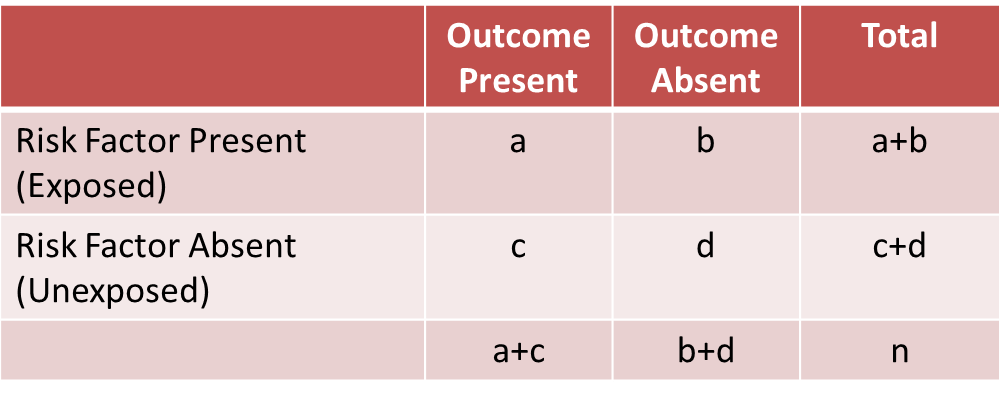



A Stratified Analysis
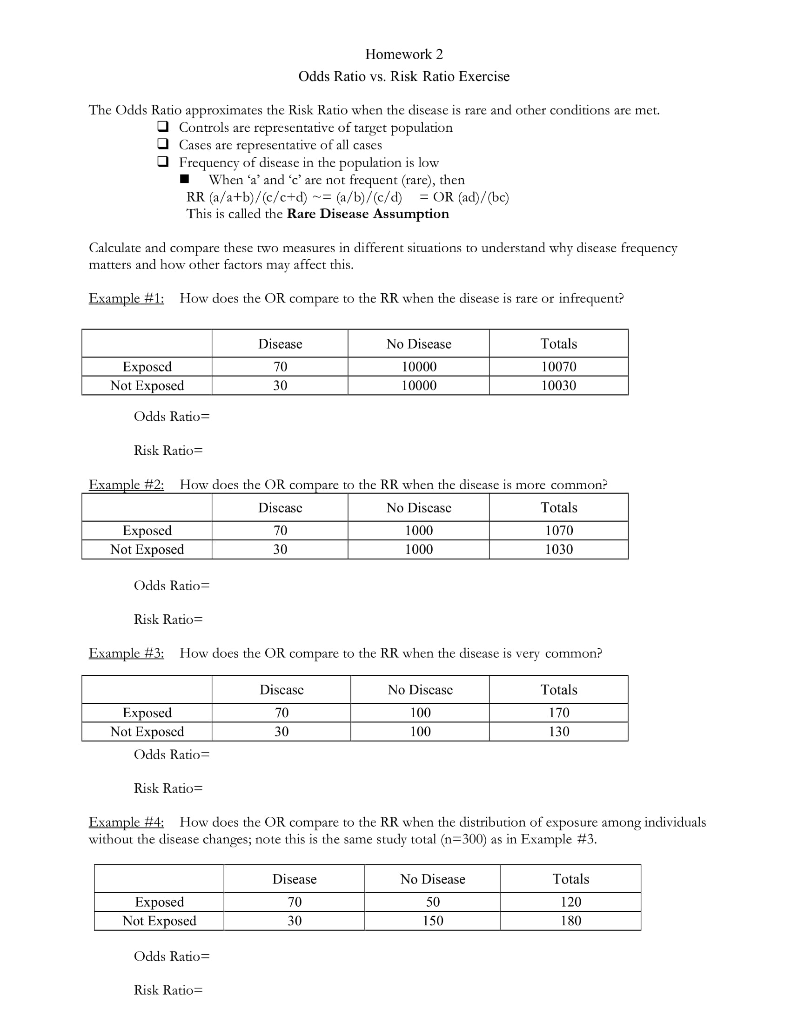



Homework 2 Odds Ratio Vs Risk Ratio Exercise The Chegg Com
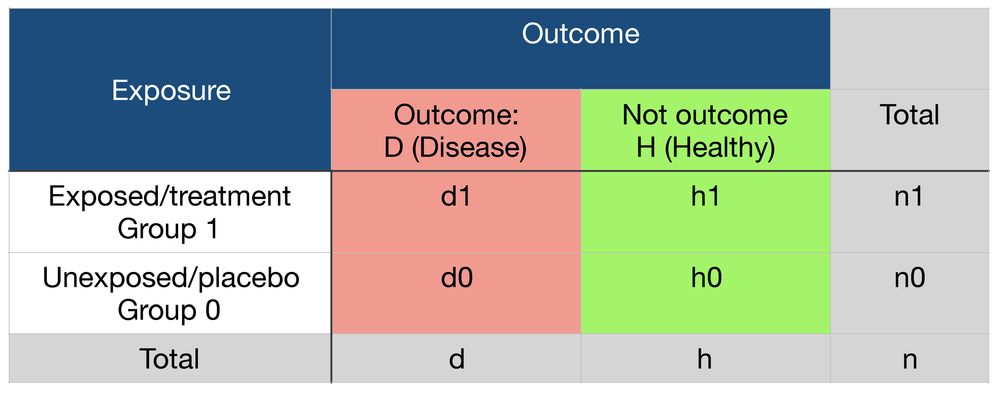



Probability Odds Ratio And Relative Risk Gp Raj
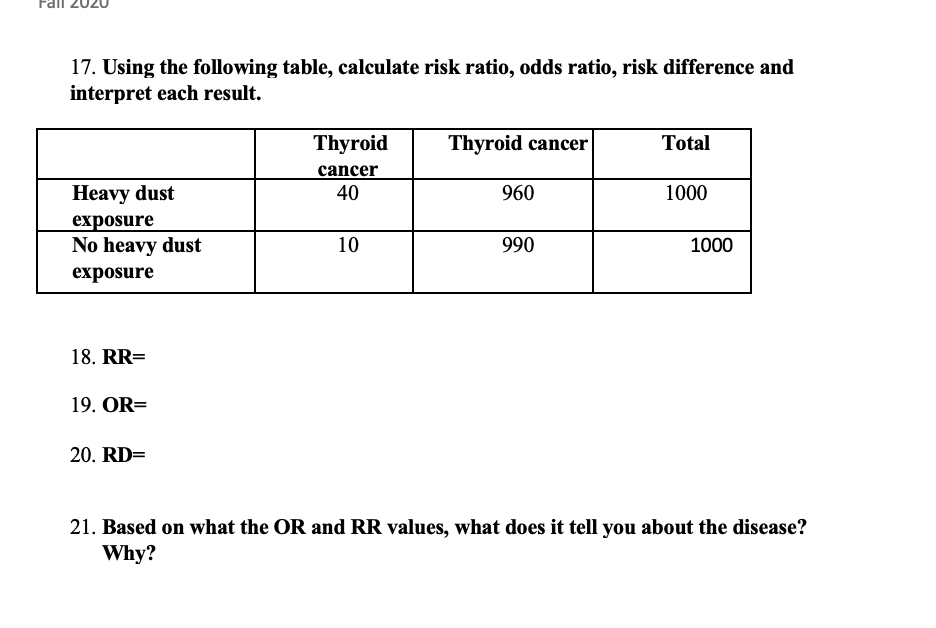



Fall 17 Using The Following Table Calculate Risk Chegg Com




A Risk Ratio A Risk Difference And An Odds Ratio Chegg Com



1



Q Tbn And9gcq5tpzikqe8jiy9iqzxyqcbaqndofe8d2iabvvrkarpadvgvm8o Usqp Cau




Pdf Odds Ratio Or Relative Risk For Cross Sectional Data Semantic Scholar




How To Be Awesome At Biostatistics And Literature Evaluation Part Ii Tl Dr Pharmacy



54 55 Review 1 This Slide Illustrates That Even If The Disease Or Health Outcome Is Not Rare The Odds Ratio And Risk Ratio Estimate May Be Identical Or Similar Depending On The Effect Size




1 A Comparison Of Odds Ratio And Risk Ratio With The Average Marginal Download Scientific Diagram




Bar Graph Represents The Summary Odds Ratios Or Relative Risks Of The Download Scientific Diagram
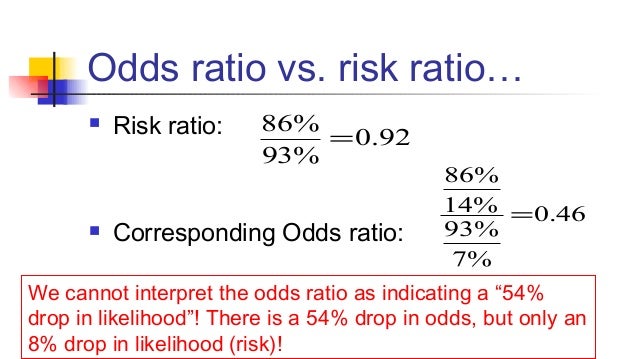



Math3010 Week 6



Ctspedia Ctspedia Oddsrisk




Measures Of Effect Relative Risks Odds Ratios Risk Difference And Number Needed To Treat Kidney International




Calculation And Interpretation Of Odds Ratio Or And Risk Ratio Rr Youtube



0 件のコメント:
コメントを投稿